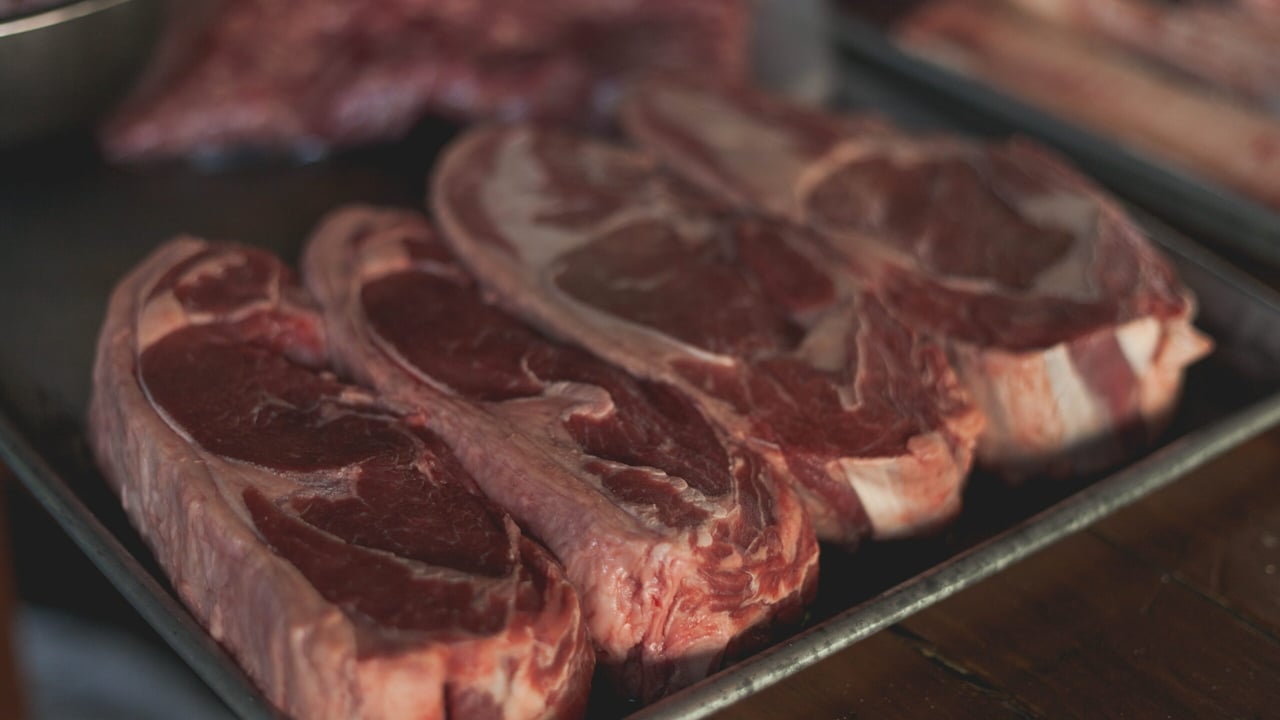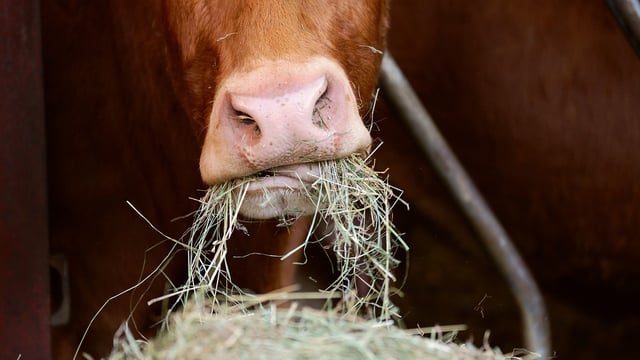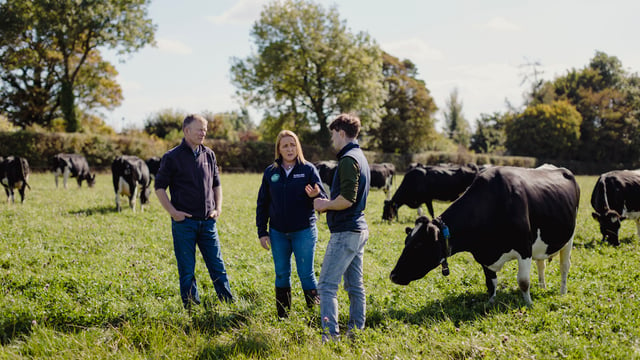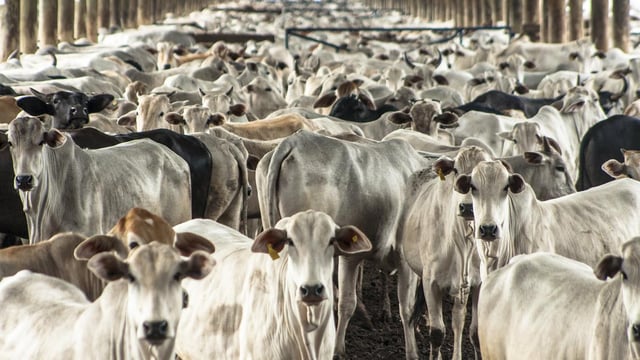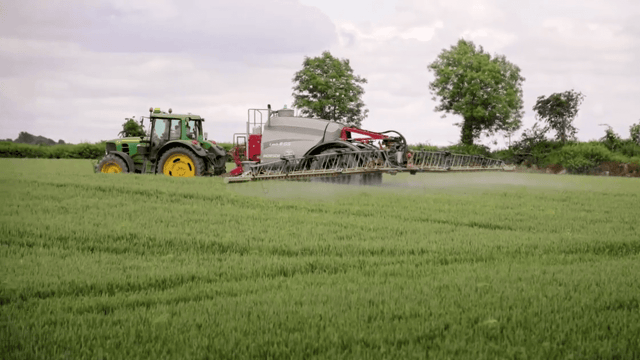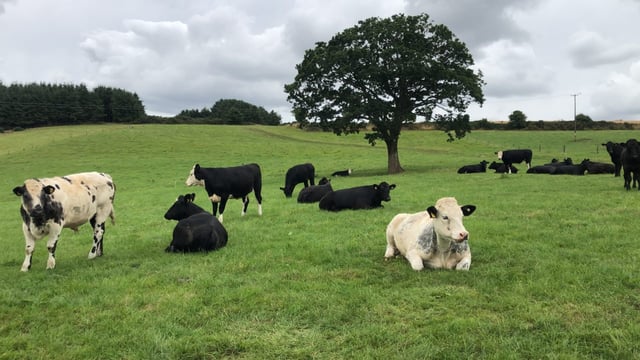Ireland was 230% self-sufficient in meat in 2023 - CSO
Ireland's rate of self-sufficiency in meat was 230% in 2023, a decrease on the 2022 figure, which was 261%, according to figures published today (Monday, October 14) by the Central Statistics Office (CSO).
Sheep meat was the only category for meat that saw an increase in its self-sufficiency rate, growing from 397% to 405%.
The self sufficiency rate for beef (including veal) fell from 694% to 680% and the rate for pork decreased from 238% to 198%.
Poultry is the only meat category that Ireland is not wholly self-sufficient in, with the rate for that category falling from 78% to 71% last year.
Gross indigenous production of all meat decreased by 47,000t to 1.2 million tonnes (down 4%) in 2023, with pork accounting for the sizeable majority (36,000t) of this reduction.
The CSO figures show that per-capita human consumptions of meat in Ireland in 2023 increased by 5kg to 99kg. That increase was largely driven by poultry per-capita consumption, which increased by 5kg to 47kg.
47% of all meat eaten in Ireland during 2023 was poultry, followed by pork at 32%, and beef at 18%. The remaining 3% was sheepmeat.
The CSO said that per-capita consumption figures for last year are not yet finalised.
The overall supply of meat in Ireland (including imports) decreased by 3% to 1.44 million tonnes in 2023 compared to 2022.
The supply of meat fell by 49,000t in 2023. Beef accounted for 643,000t (45%) of the supply, with pork accounting for 383,000t (27%), poultry accounting for 334,000t (23%), and sheep accounting for the remaining 75,000t (around 5%).
The CSO figures also show that slaughterings in Ireland fell by 44,000t (down 4%) to 1.15 million tonnes in 2023 compared to 2022.
The pork sector was the main driver of this decrease, with pig slaughterings down 32,000t to 300,000t (a decrease of 10%), with beef slaughterings contracting by 22,000t to 600,000t (-4%).
On the flip side, poultry slaughterings increased by 8,000t to 179,000t (an increase of 5%), while sheep slaughterings grew by 1,000t to 70,000t (an increase of 2%).
The net exports (exports of meat minus imports of meat) of all meats contracted by 89,000t to 626,000t (down 12%).
Pork accounted for 46,000t (more than half) of this reduction, poultry accounted for a reduction of 24,000t, and beef accounted for a reduction of 21,000t.
Poultry was the only category where the volume of imports exceeded exports. The net imports (imports minus exports) of poultry meat increased by 24,000t to 67,000t (up a significant 55%), due to imports growing by 7,000t (up 5%) and exports falling by 17,000t (a decrease of 16%).

